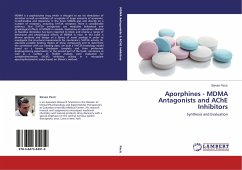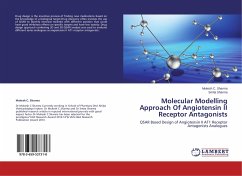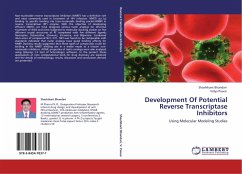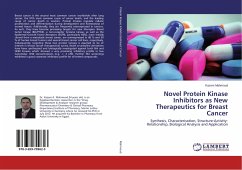MDMA is a psychoactive drug which is thought to act via stimulation of secretion as well as inhibition of re-uptake of large amounts of serotonin, noradrenaline and dopamine in the brain. MDMA also acts directly on a number of receptors, including 5-HT2A receptors. There is considerable evidence that 5-HT2A antagonists can modulate behavioral and physiological effects of MDMA in animals. Nantenine an aporphine alkaloid ex Nandina domestica has been reported to block and reverse a range of behavioral and physiological effects of MDMA in mice. In this book is shown synthesis and design of a library of novel analogs in order to investigate the structural requirements for nantenine s 5-HT2A activity. To elucidate possible binding modes of these compounds and to determine the correlation with our binding data, we built a 5-HT2A homology model based on a bovine rhodopsin template and then performed docking/scoring experiments. In the second part of the book, nantenine as well as a number of flexible analogs were evaluated for acetylcholinesterase (AChE) inhibitory activity in a microplate spectrophotometric assays based on Ellman s method.
Bitte wählen Sie Ihr Anliegen aus.
Rechnungen
Retourenschein anfordern
Bestellstatus
Storno








